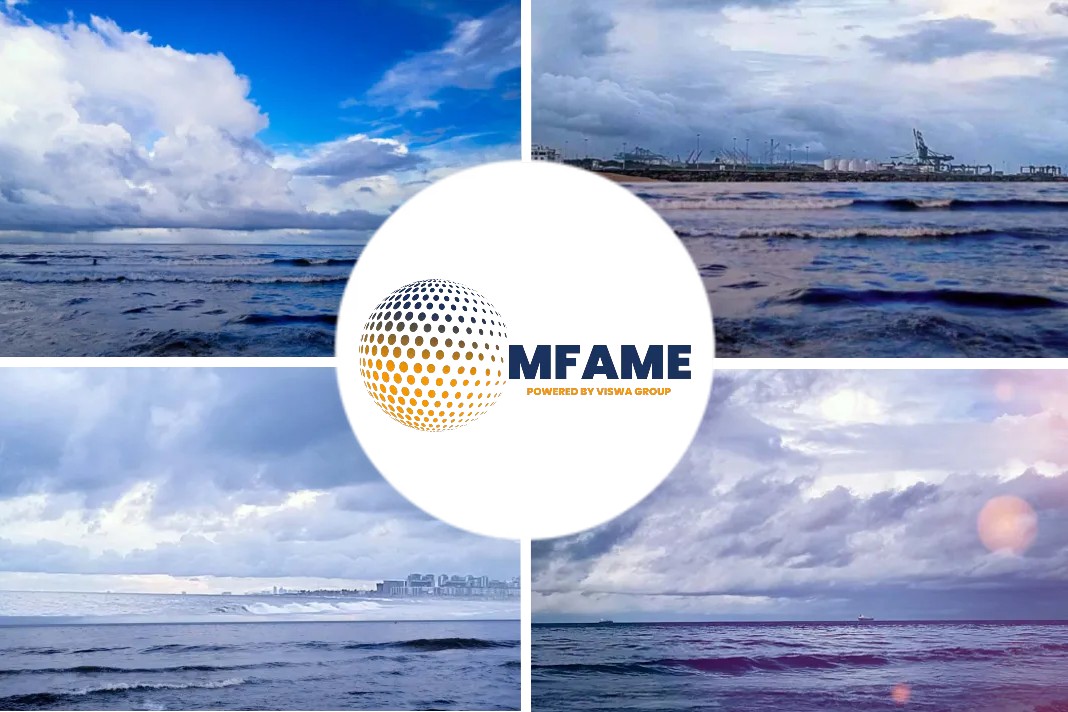
TEPCO Begins ALPS Treated Water Release at Fukushima Site as China Rachets Up Its Coercion, highlights a Japan news source.
TEPCO
As the treated water release started TEPCO said it would monitor with the utmost sense of care, while China announced a ban on all Japanese seafood products.
On August 24, Tokyo Electric Power Company (TEPCO) confirmed that the release of treated water from the Fukushima Daiichi Nuclear Power Station had started shortly after 1 PM. Hours later, China announed it was banning all fishery products from Japan.
The release of treated water began after scientific monitoring supported the approach. TEPCO reported that the preliminary testing had shown the treated water complied with safety standards. In addition, the weather conditions were favorable for a monitoring ship to be dispatched.
“As the release of the treated water starts, we want to monitor the situation with the utmost sense of urgency,” said Junichi Matsumoto, from TEPCO.
Speaking to the fishermen, a group opposed to the water release for fear of repercussions on their industry, Matsumoto continued. “We will work with the government to minimize the impact of reputational damage as much as possible,” he said. For that reason, the procedure was able to kick-off.
He added, “In particular, we want to ensure the safety [of the treated water] before its release into the ocean. And we will promptly and accurately disseminate information based on scientific evidence.”
To address some of the concerns of the fishermen, the government has set aside ¥30 billion JPY ($206 million USD) for reputational damage to the fishing industry. Likewise, it established a ¥50 billion JPY ($343 million USD) for economic impacts on the industry.
The Science Behind the Water Release
First, contaminated water is purified through the Advanced Liquid Processing System (ALPS). This process removes various radioactive materials from contaminated water. However, it cannot remove tritium, which is also a substance occurring in nature.
TEPCO measures the level of tritium to ensure it is within the safety standards. If it is, TEPCO dilutes the ALPS water with seawater and releases it into the ocean through an underground tube. ALPS treated water is discharged through the tube to approximately one kilometer off the coast of Fukushima.
On the morning of August 24, TEPCO announced that according to their analysis the ALPS water presented under 63 becquerels per liter of tritium. This level is well below the nationally imposed level of 60,000. It is also under the conservative level chosen by TEPCO as a cutoff, of 1,500. TEPCO says that the Japan Atomic Energy Agency also confirmed the tritium concentration levels with its own testing.
Therefore, the company has pledged to start releasing the treated water from 1 PM on August 24. This release will continue 24 hours a day for 17 days. On average, the rate of flow will be under 500,000 liters per day. Overall, a total of 7,800 tons of treated water will be released.
Going forward, TEPCO says that it will be possible to monitor the status of the water release on a specialized portal, which will feature information in various languages.
Background to the Fukushima Water Release
Large quantities of water were used to cool the damaged reactor in the nuclear power station in the aftermath of the 2011 Great East Japan Earthquake and tsunami. In the cooling process, the water becomes contaminated with radioactivity. Once used, it is then set aside for disposal. Meanwhile, the nuclear power plant itself will now be decommissioned over the next several decades. This process of decontaminating the the water so it safe for disposal will continue throughout the decommissioning process.
TEPCO has been storing the contaminated water in tanks on the site. However, the space for storage is running out.
Since 2013, the government and a panel of experts have engaged in a discussion to decide the best way to dispose of the water in a safe manner.
In 2021, the then- Yoshihide Suga administration consulted with experts including the IAEA about options to deal with the contaminated water. It took the decision to use the ALPS process to purify the water and then dilute the treated water to a safe level.
Planning for Safety, Monitoring
IAEA carried out comprehensive review on the safety of the treated water release in July. In it, IAEA assessed the level of tritium in the treated water was “negligible”and compliant with international safety standards.
Going forward, treated water will be released into the ocean only after safety reviews. These will include a thorough inspection and monitoring by the IAEA. The plan will take at least 30 years to complete.
The timing of the release came about after it was deemed that “The government has gained a certain amount of understanding [from the stakeholders] on the issue,” as stated by Minister of Economy, Trade and Industru Yasutoshi Nishimura on August 21.
Did you subscribe to our daily newsletter?
It’s Free! Click here to Subscribe!
Source: Japan















